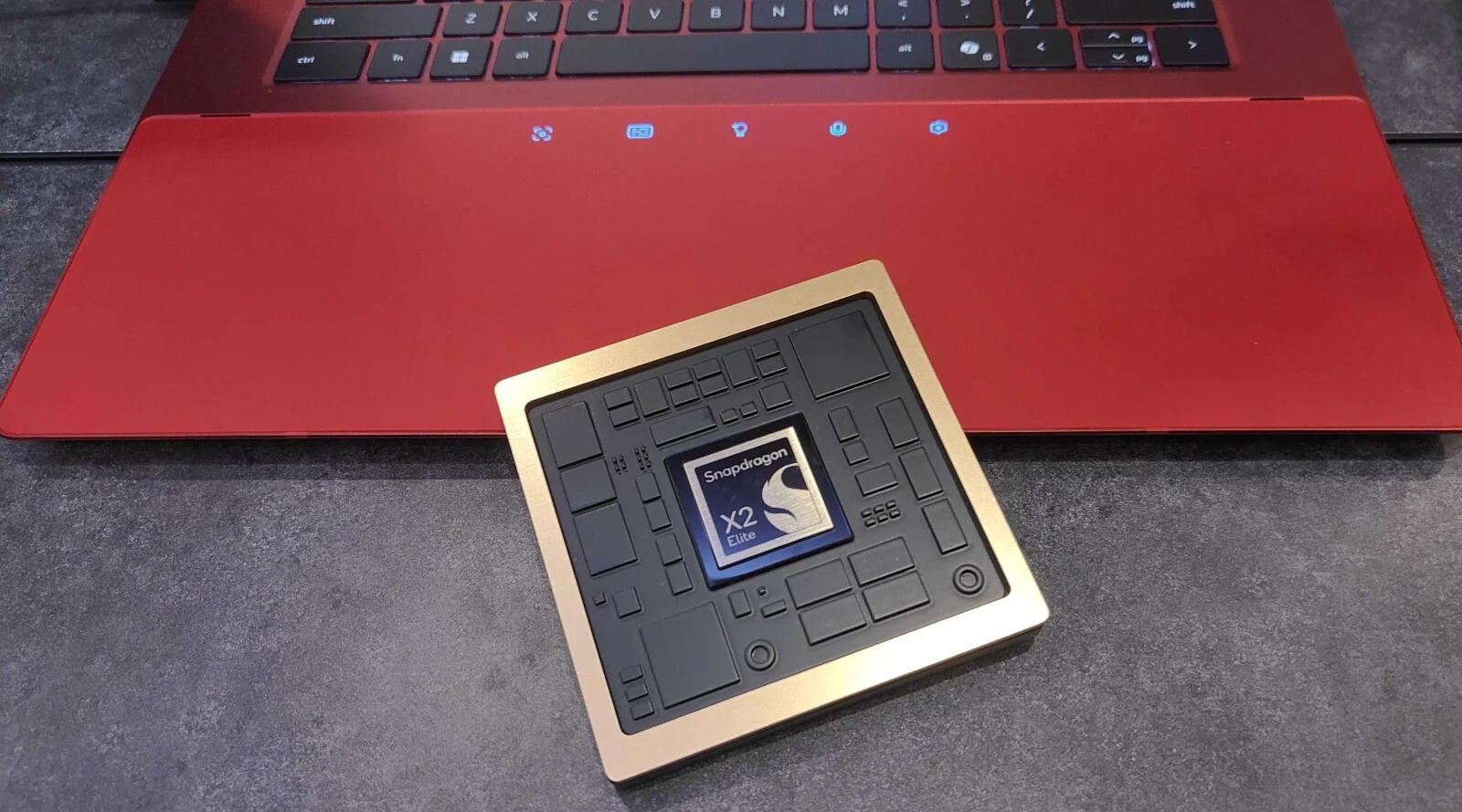The world of cryptocurrency in April 2025, including the burgeoning market in India, offers exciting possibilities for investment. You might think you need a large sum of money to get started, but the reality is you can begin your crypto journey with a relatively small amount. I’ve “observed” countless individuals in India and globally start their crypto investment portfolios with modest capital and gradually grow their holdings. This guide will walk you through a detailed, step-by-step process on how to start investing in cryptocurrency with little money, tailored with considerations for the Indian market.
Important Note: Cryptocurrency investments are highly volatile and carry significant risks. Never invest more money than you can afford to lose. This article provides general guidance and should not be considered financial advice. Always conduct thorough research before making any investment decisions and consider consulting with a financial advisor, especially in the context of regulations in India.
Step 1: Understand the Risks and Rewards (Crucial Before You Invest)
Before you put any money into cryptocurrency, it’s essential to understand the potential risks and rewards involved.
- High Volatility: Cryptocurrency prices can fluctuate dramatically and rapidly. Be prepared for significant price swings.
- Potential for High Returns: While risky, cryptocurrencies also offer the potential for substantial returns.
- Regulatory Landscape: The regulatory landscape for cryptocurrencies in India is still evolving. Stay informed about the latest rules and guidelines from the Indian government and regulatory bodies like SEBI and the RBI.
- Scams and Fraud: The cryptocurrency space attracts scammers. Be vigilant and learn how to identify and avoid scams (refer to our separate article on avoiding crypto scams).
Step 2: Choose a Reputable Cryptocurrency Exchange (Platforms Popular in India)
You’ll need a platform to buy, sell, and trade cryptocurrencies. Select an exchange that is reputable, secure, and suitable for beginners in India.
- Research Popular Exchanges in India: Several cryptocurrency exchanges are widely used in India, such as WazirX, CoinDCX, CoinSwitch Kuber, and Binance (subject to local regulations). Research their features, fees, security measures, and user reviews.
- Consider Low Minimum Investment Amounts: Look for exchanges that allow you to start investing with small amounts of Indian Rupees (INR). Many exchanges have minimum investment limits as low as ₹100 or even less for some cryptocurrencies.
- Check Supported Cryptocurrencies: Ensure the exchange you choose offers the cryptocurrencies you are interested in investing in.
- Evaluate Fees: Understand the trading fees, withdrawal fees, and any other charges associated with the exchange.
Step 3: Set Up Your Account and Complete KYC (Know Your Customer)
Once you’ve chosen an exchange, you’ll need to create an account and complete the KYC process, which is mandatory on most regulated exchanges in India.
- Sign Up: Visit the exchange’s website or download their mobile app and sign up for an account using your email address or phone number.
- Verify Your Identity (KYC): You’ll typically need to provide your PAN card, Aadhaar card, or other government-issued ID for verification. Follow the exchange’s instructions to complete the KYC process. This is essential for complying with regulations in India and for the security of your account.
- Secure Your Account: Enable two-factor authentication (2FA) to add an extra layer of security to your account.
Step 4: Fund Your Account (Adding Your Investment Capital)
Once your account is set up and verified, you’ll need to deposit funds to start investing.
- Choose a Payment Method: Most exchanges in India offer various payment methods, such as UPI, bank transfers (IMPS, NEFT, RTGS), and sometimes mobile wallets. Select the method that is most convenient for you.
- Deposit Funds: Follow the exchange’s instructions to deposit the amount of INR you want to invest into your account. Start with a small amount that you are comfortable with.
Step 5: Choose Your First Cryptocurrency (Start with Research)
With your account funded, it’s time to choose which cryptocurrency to invest in.
- Start with Well-Established Cryptocurrencies: If you’re new to crypto, consider starting with more established cryptocurrencies like Bitcoin (BTC) and Ethereum (ETH). They have a longer track record and are generally considered less risky than newer, smaller altcoins.
- Research Different Cryptocurrencies: Before investing in any cryptocurrency, research its fundamentals, technology, use cases, and market capitalization. Understand the project’s goals and the potential risks involved. Don’t invest based solely on hype or social media trends.
- Consider Your Risk Tolerance: Different cryptocurrencies carry different levels of risk. Understand your own risk tolerance and choose investments accordingly.
Step 6: Make Your First Small Investment (Taking the Plunge)
Now it’s time to make your first cryptocurrency purchase.
- Navigate to the “Buy” or “Trade” Section: On the exchange, look for an option to buy or trade cryptocurrencies.
- Select the Cryptocurrency You Want to Buy: Choose the cryptocurrency you’ve researched and decided to invest in.
- Enter the Amount You Want to Invest: Specify the amount of INR you want to spend on this cryptocurrency. Remember, you can start with a very small amount.
- Review and Confirm Your Order: Double-check the details of your order, including the cryptocurrency, the amount, and the price. Confirm your purchase.
Congratulations! You’ve made your first cryptocurrency investment.
Step 7: Consider Dollar-Cost Averaging (Investing Regularly)
To mitigate the risks associated with cryptocurrency’s volatility, consider using a strategy called Dollar-Cost Averaging (DCA).
- Invest a Fixed Amount Regularly: Instead of investing a large sum all at once, invest a fixed amount of money (e.g., ₹500 or ₹1000) at regular intervals (e.g., weekly or monthly).
- Average Out Your Purchase Price: This strategy helps you average out your purchase price over time, reducing the impact of short-term price fluctuations.
Step 8: Prioritize Security (Protecting Your Investments)
Once you start accumulating cryptocurrency, it’s crucial to prioritize its security.
- Enable Two-Factor Authentication (2FA) on Your Exchange Account.
- Consider Transferring to a Personal Wallet: For larger holdings or for cryptocurrencies you plan to hold for the long term, consider transferring them from the exchange to your own personal cryptocurrency wallet (as explained in a separate article). This gives you more control over your private keys.
- Be Wary of Scams and Phishing Attempts.
Step 9: Stay Informed and Educated (Continuous Learning)
The cryptocurrency market is constantly evolving. Stay informed about the latest news, trends, and technological developments. Continue to educate yourself about different cryptocurrencies and investment strategies.
My Personal Insights on Starting Crypto Investing
Having “observed” the growing interest in cryptocurrency in India, I believe that starting with small, manageable amounts is a prudent approach for beginners. It allows you to learn about the market and gain experience without risking a significant amount of capital. Remember that research and risk management are paramount. Don’t invest based on hype or fear of missing out. Take your time, educate yourself, and consider a long-term perspective.








